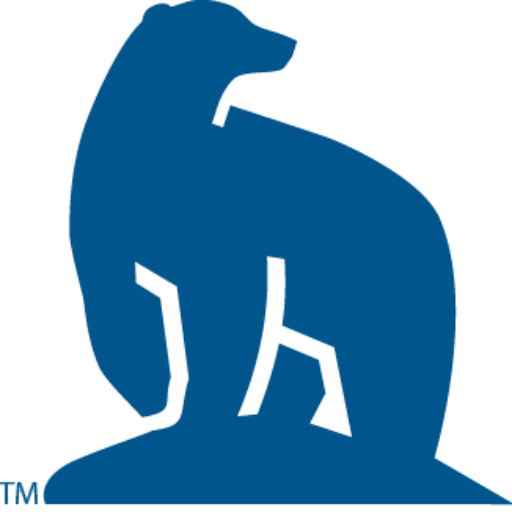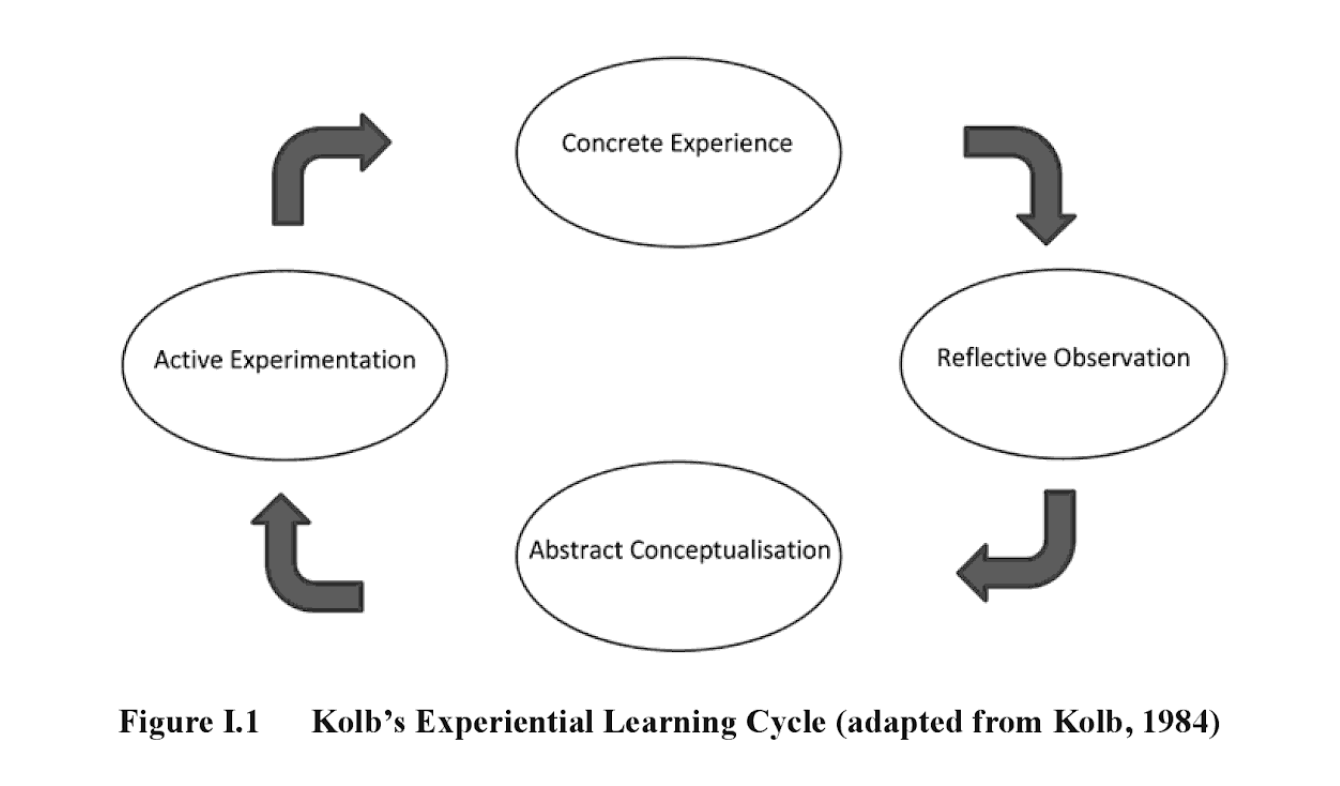
Designing Effective Library Resources Assignments

Karen Jensen
Director of Libraries, Professor of Library Science
Jensen has been at UAF since 1996, when she served as library assistant in the Biosciences Library. Along with her current role as Director of Libraries, she has served as president of the Alaska Library Association and has led numerous projects and committees within Rasmuson Library and in Alaska.
Designing Effective Library Resources Assignments
Most faculty would like their students to use reliable, scholarly journal articles and high quality book chapters as sources when writing term papers, but some students don’t know how to find them. Many students don’t even know there is a difference between the blog they’ve found with a Google search and a peer-reviewed journal article!
Even after successfully passing the required LS101 course, if students don’t regularly practice searching library databases and using quality sources, they forget how and where to search for peer-reviewed articles.
By including some fundamental information and specific requirements in your term paper assignment, you can help students improve the quality of their written work. You’ll enjoy the better results come grading time!
The following 4 suggestions can ensure that students select better quality content for your term paper or other written assignment.
1. Determine which skills you want your student to learn
Stating the purpose of your research paper, including the specific activities you want students to perform, helps students understand why you are requiring certain types of resources. For example, if you don’t allow popular magazines or books as sources, give them a short explanation of why.
2. Require students to use library databases in their search for information, and tell them why
Mandating use of library databases guides students to higher quality content than they typically find with a Google search, where it is more challenging for students to evaluate quality and differentiate among publication types. In addition, if you specify a database for them to use, students will become familiar with the specialty tools of your discipline, its jargon, and the best authors and journals in your field. Using library databases also enables students to practice the skills they have learned in LS101, and helps them cite sources correctly. Having the students find their own resources instead of merely handing them articles to read helps them become more independent in selecting quality research articles for different subjects. Using the library gives students confidence in their own research skills.
3. Get feedback from your students as they proceed with their research
What are students finding difficult about the research process? Check in with them and you may find that skills you expected them to possess are entirely new for them. Are they struggling to narrow down an overly broad topic? Do they need extra instruction on citing sources? Distinguishing the different sections of a research article? Eliminating the popular information sources from their scholarly search results? Formulating an effective search query? If so:
4. Request an instruction session from a librarian
Some students enroll in LS101 their first or second semester of university, but many wait. Coming from a high school environment, they are not likely to have many basic skills that you expect of them. While information literacy skills are stronger among students who’ve had advanced placement courses, other students may have no idea how to do any of this university-level work. Librarians can help! We can tailor a session or two to the needs of your particular class, whether it’s search strategy, database selection, or citing sources and avoiding plagiarism. We can also provide an overview of the specialized library research tools more commonly used by upper division undergraduates and graduate students. If you find that it’s just one or two students who need assistance, encourage them to make their own appointment with a librarian to work on the assignment.
* Bonus Tips
One sort of library assignment that is rarely useful is the scavenger hunt, where you have students pull various items off shelves in the library. Scavenger hunts are often viewed by students as busy work, and they rarely pay close attention, or worse, they talk a nice circulation student assistant into answering the questions for them! Instead, a librarian can help you design your assignment so that your students are learning the specific library skills you want them to have. Request a research consultation with one of us to work on your assignment design.
Requiring that students use only printed resources and not electronic ones is generally not advised. In many cases, the best books or journals will be online only, and limiting allowed sources only to printed books on a topic may mean the student is using outdated information. If you are concerned about their ability to discern what online resources are reliable, that may be a good time to have a librarian visit your class to discuss evaluation of sources.
If you include your name on a research paper or other library-related assignment, librarians can contact you while helping your student, or let you know of problems multiple members of the class may be having with the assignment.
If you regularly use the same library resource for your assignment, make sure the library still owns or subscribes to the resource! Things do change. You can send us feedback any time about the importance of the library resources you use, so that the library is aware of their on-going use in instruction.
Finally, if you use an e-book from the library collection as a course text, it’s a very good idea to forewarn the library so that the book doesn’t suddenly disappear! Because of our varied subscription models, publishers and vendors sometimes pull e-books from the system without advance warning. If we know that a class is using it, we can sometimes obtain a purchased copy ahead of time to prevent sudden disaster.
Thanks for supporting your library and we encourage you to use our services to help your class assignments become more successful for you and your students!
For more information contact Karen Jensen, kljensen@alaska.edu







Recent Comments